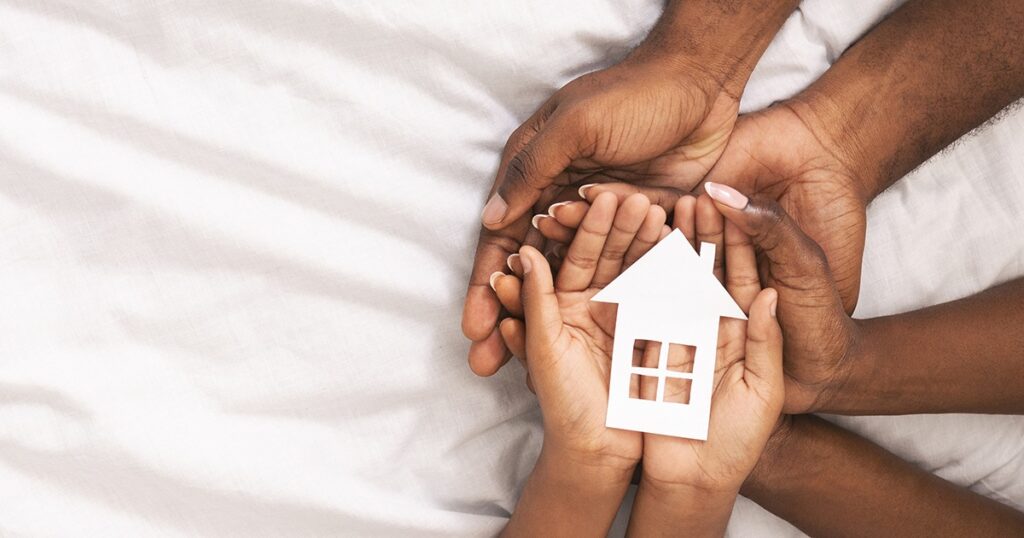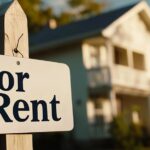People of different races have different socioeconomic outcomes largely because of their ethnicity or skin color, which contributes to racial inequality in the U.S. According to a recent LendingTree analysis, Black Americans are among the most economically disadvantaged populations in the country, therefore this is unfortunately and particularly true for them.
LendingTree examined homeownership rates for Black persons in the 50 major metropolitan regions of the country using data from the U.S. Census Bureau to highlight a crucial economic area in which Black Americans are frequently disadvantaged. In particular, LendingTree contrasted the percentage of Black residents in each metro with the number of residences owned by Black people.
According to new data from LendingTree, Black Americans hold a disproportionately small share of homes in each metro found in the study.
Top 10 Metros with the Smallest Differences Between the Share of Owned by Black People VS. the Share of Population That’s Black:
- San Jose, CA
- Salt Lake City
- Los Angeles
- Riverside, CA
- Portland, OR
- San Diego
- San Antonio
- Denver
- Austin, TX
- Phoenix
No. 1: San Jose, Calif.
- Percentage of the population that’s Black: 2.24%
- Percentage of owner-occupied housing units owned by Black people: 1.21%
- Difference: 1.03 percentage points
No. 2: Salt Lake City
- Percentage of the population that’s Black: 1.74%
- Percentage of owner-occupied housing units owned by Black people: 0.60%
- Difference: 1.14 percentage points
No. 3: Los Angeles
- Percentage of the population that’s Black: 6.12%
- Percentage of owner-occupied housing units owned by Black people: 4.72%
- Difference: 1.40 percentage points
Top 10 Metros with the Largest Differences Between the Share of Owned by Black People VS. the Share of Population That’s Black:
- Memphis, TN
- New Orleans
- Milwaukee
- Baltimore
- Columbus, OH
- Virginia Beach, VA
- Detroit
- Cleveland
- Birmingham, AL
- Atlanta
No. 1: Memphis, TN
- Percentage of the population that’s Black: 47.33%
- Percentage of owner-occupied housing units owned by Black people: 35.97%
- Difference: 11.36 percentage points
No. 2: New Orleans
- Percentage of the population that’s Black: 33.03%
- Percentage of owner-occupied housing units owned by Black people: 23.62%
- Difference: 9.41 percentage points
No. 3: Milwaukee
- Percentage of the population that’s Black: 15.70%
- Percentage of owner-occupied housing units owned by Black people: 6.57%
- Difference: 9.13 percentage points
According to the report, the percentage of Black homeowners in each of the 50 biggest metro areas in the country is disproportionately low given their population.
Numerous possible explanations exist for this. For instance, the most recent figures from the U.S. Census Bureau show that the median income for households led by Black people is $51,374. That represents over $29,000 less than the $79,933 median income for households led by white people.
Black Americans also:
- (Typically) have less household wealth
- Are more likely to be unbanked
- Experience higher mortgage denial rates
The persistent effects of practices like “redlining,” which were intended to deny Black homebuyers their rights, continue to contribute to the disproportionately low rates of homeownership among Black people in modern times.
However, it’s crucial to remember that while these instances may help explain why Black people’s homeownership rates are generally low, they do not account for every reason why a person of Black identity could find it difficult to buy a home. In the end, a number of socioeconomic issues still contribute to this unfortunate tendency.
To read the full report, including more data, charts, and methodology, click here.








